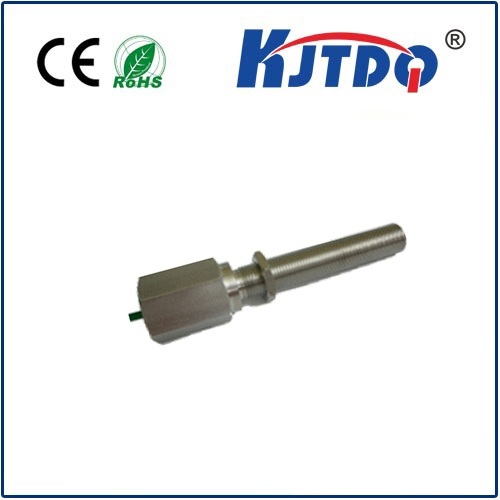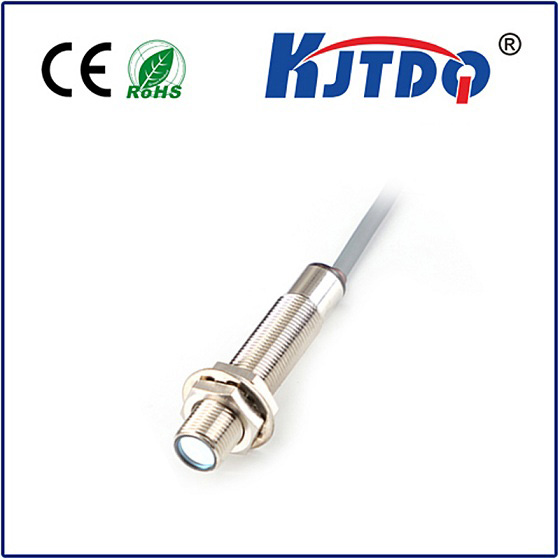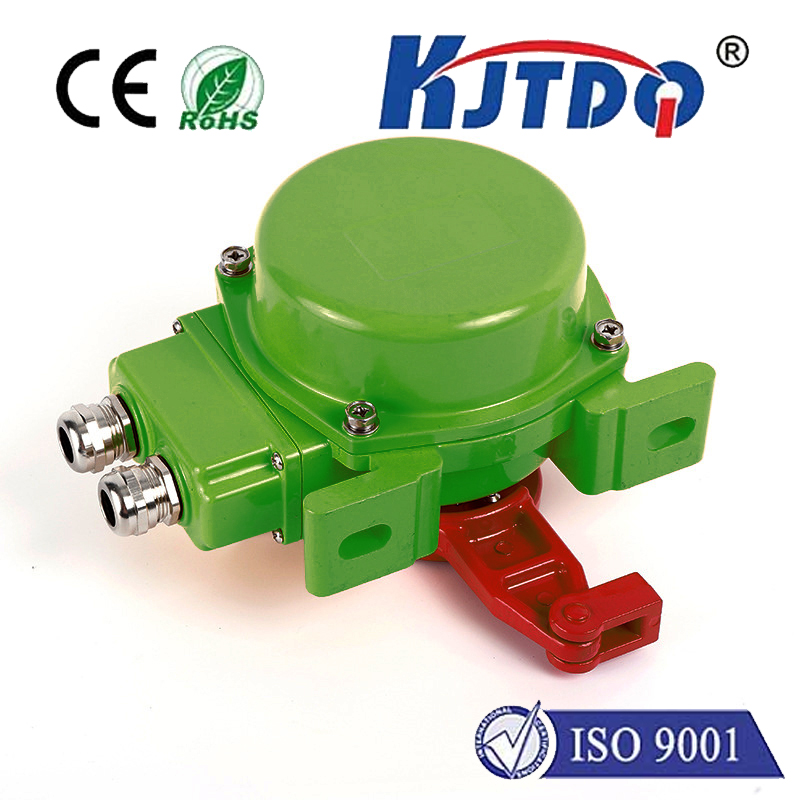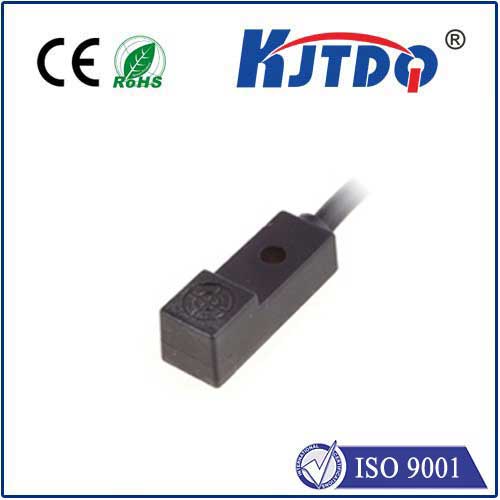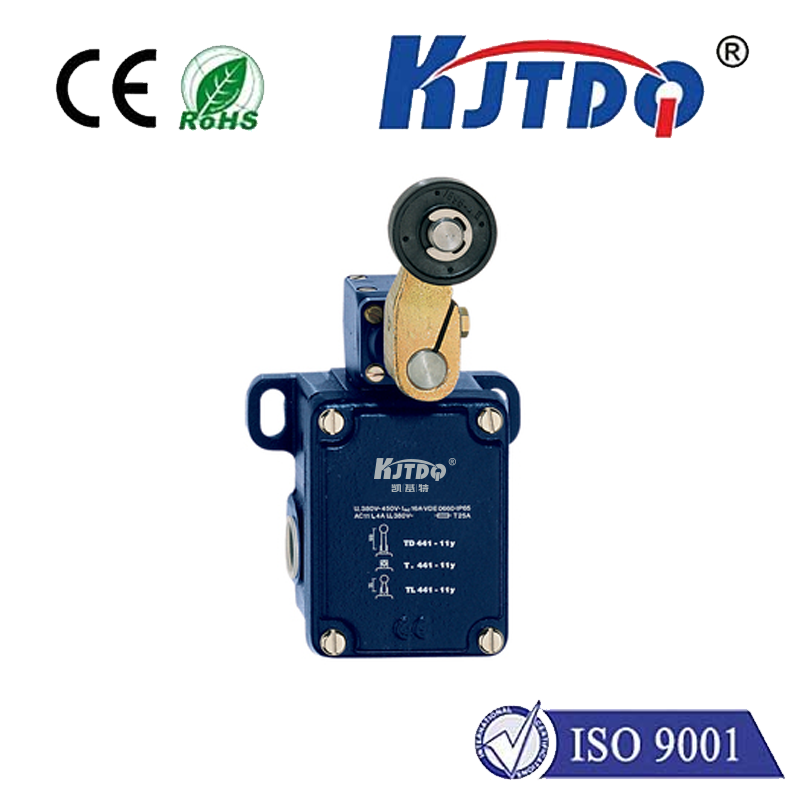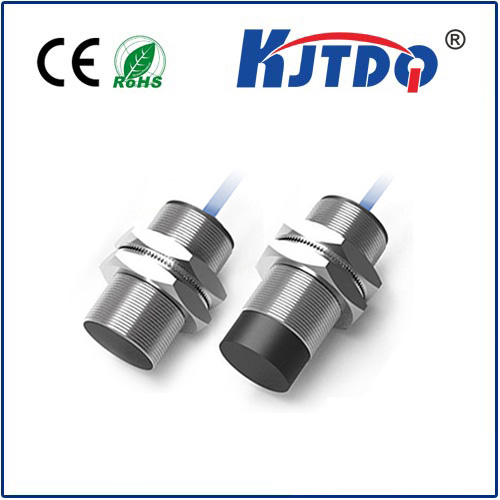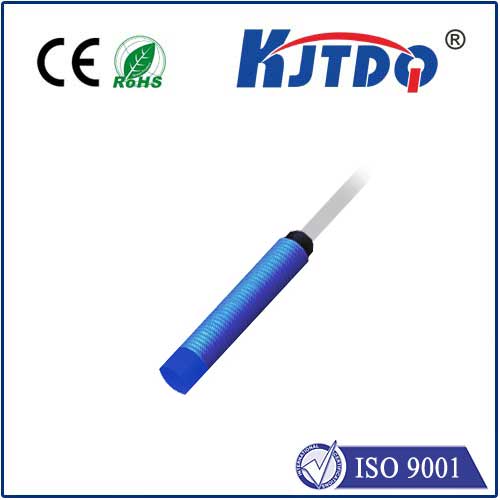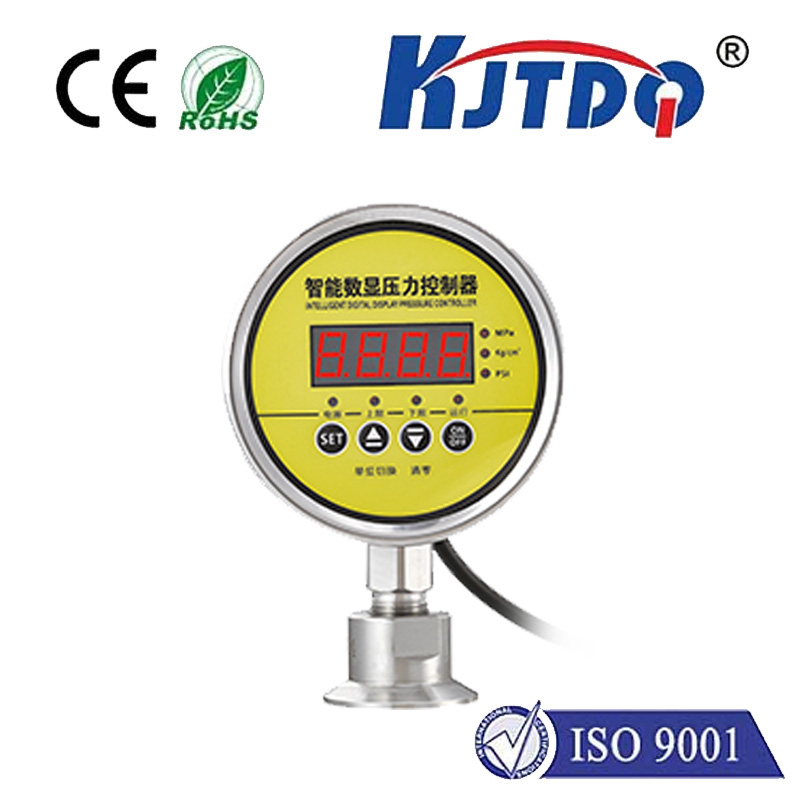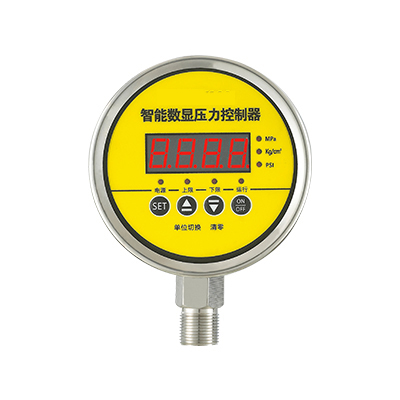analog pressure sensor
- time:2025-08-19 10:12:07
- Нажмите:0
The Silent Workhorse: Unpacking the Power of Analog Pressure Sensors
Pressure. It’s an invisible force shaping our world, from the depths of the ocean to the cylinders of your car’s engine. Accurately measuring this fundamental physical parameter is critical across countless industrial, medical, automotive, and consumer applications. While digital sensors grab headlines, analog pressure sensors remain indispensable, reliable workhorses in measurement systems worldwide. Understanding their operation and enduring value is key for engineers and designers navigating the sensor landscape.
Decoding the Analog Signal
Unlike their digital counterparts that output discrete values (like 0s and 1s or I2C/SPI data streams), an analog pressure sensor translates the physical pressure it experiences into a continuous, proportional electrical signal. This signal is typically a voltage or current that smoothly varies as the pressure changes. For example, a sensor might be designed to output 0.5V at 0 PSI and 4.5V at 100 PSI, with every pressure point in between represented by a corresponding voltage level. This continuous representation provides a direct, real-time picture of pressure fluctuations.
The Core Mechanics: How Analog Sensing Works
The fundamental principle behind most analog pressure sensors involves physically deforming a sensing element (like a diaphragm) under applied pressure. This deformation is then converted into an electrical change using various transduction methods. The most prevalent include:

- Piezoresistive: This dominant technology utilizes silicon strain gauges (often arranged in a Wheatstone bridge configuration) bonded to a flexible diaphragm. As pressure deforms the diaphragm, the gauges stretch or compress, altering their electrical resistance. This resistance change unbalances the bridge, generating a millivolt-level output voltage proportional to the applied pressure. They are prized for their robustness, sensitivity, and wide pressure range suitability.
- Capacitive: These sensors rely on pressure changing the distance (and thus the capacitance) between two conductive plates – one often being a flexible diaphragm and the other fixed. The resulting capacitance change is converted into a proportional voltage or frequency signal. They excel in applications needing high sensitivity, low power consumption, and excellent stability for measuring low pressures or vacuums.
- Strain Gauge (Metallic): Similar in concept to piezoresistive but using metallic foil strain gauges bonded to a metal diaphragm (like stainless steel). They are often chosen for high-pressure, harsh environments, or high-temperature applications where silicon might be unsuitable, though generally less sensitive than piezoresistive types.
Signal Conditioning: The Essential Partner
The raw output from these sensing elements (especially piezoresistive bridges) is often small, nonlinear, and susceptible to temperature drift. This is where integrated or external signal conditioning circuitry becomes crucial. Key functions typically include:
- Amplification: Boosting the small raw signal (e.g., millivolts) to a more usable level (e.g., 0-5V, 0-10V, or 4-20mA).
- Calibration: Adjusting the sensor output to accurately correspond to known pressure points across its range.
- Temperature Compensation: Compensating for errors introduced by changes in ambient temperature, which significantly impacts sensor accuracy.
- Offset Nulling: Adjusting the zero-pressure output point.
- Linearization: Correcting any inherent nonlinearity in the sensor’s response curve.
Modern analog pressure sensor modules often integrate the sensing element and sophisticated signal conditioning ASICs (Application-Specific Integrated Circuits) into a single package, providing a robust, calibrated, temperature-compensated analog output ready for direct interfacing.
Why Choose Analog? Enduring Advantages
In an increasingly digital world, the persistence of analog pressure sensors is a testament to their unique strengths:
- Simplicity & Cost-Effectiveness: The interface is straightforward – typically just power, ground, and the signal output wire(s). This simplicity translates into lower system complexity and component cost, especially for basic monitoring tasks. No need for microcontrollers, ADCs, or communication protocol handling just to get a reading.
- Real-Time Responsiveness: Analog signals provide a truly continuous representation of pressure. There’s no sampling delay inherent in digital conversion. Changes in pressure are reflected instantaneously in the output signal, crucial for high-speed feedback loops or monitoring rapid transients.
- Low Power Consumption: Basic analog sensor modules, particularly capacitive types, can operate with very low power requirements, making them ideal for battery-powered or energy-harvesting applications.
- Direct Actuation: In some control systems, the continuous analog output (like 4-20mA) can be used directly to modulate a control valve or other actuator without requiring digital processing, enabling fast and simple proportional control.
- Robustness: A well-designed analog sensor module with integrated conditioning offers excellent electromagnetic compatibility (EMC) performance and resilience in electrically noisy industrial environments, where digital communication lines might be susceptible. High-temperature variants extend their reach into demanding sectors.
Where Analog Pressure Sensors Thrive: Key Applications
Their blend of reliability, simplicity, and performance makes analog pressure sensors ubiquitous:
- Промышленная автоматизация: Monitoring hydraulic/pneumatic line pressure, pump status, filter clogging, tank levels (via hydrostatic pressure), and process control (4-20mA loops are an industrial standard).
- Automotive & Transportation: Measuring manifold absolute pressure (MAP) for engine control, fuel tank vapor pressure, brake fluid pressure, tire pressure monitoring systems (TPMS - often transmitting analog values wirelessly), suspension pressure, and HVAC refrigerant pressure.
- Medical Devices: Monitoring blood pressure (non-invasive and invasive), respiratory pressure in ventilators, infusion pump pressure, and dialysis machine pressures.
- HVAC/R (Heating, Ventilation, Air Conditioning, Refrigeration): Monitoring refrigerant pressure, filter status (differential pressure), duct pressure, and boiler pressure.
- Consumer Appliances: Water pressure in coffee machines or dishwashers, air pressure in vacuum cleaners or inflatable products.
- Test & Measurement: Calibration benches, lab equipment, handheld pressure meters, and data acquisition systems requiring high fidelity continuous signals.
Selecting the Right Analog Sensor: Key Considerations
Choosing the optimal analog pressure sensor requires attention to several parameters:
- Pressure Range: Select a sensor where the expected operating pressures fall comfortably within its specified range (e.g., 0-100 PSI gauge). Don’t overspecify unnecessarily.
- Output Type: Voltage (e.g., 0-5V, 0.5-4.5V ratiometric), Current (e.g., 4-20mA), or Millivolt (raw/unamplified). Voltage is common, 4-20mA is favored for long-distance transmission and noise immunity.
- Accuracy & Linearity: Specified as a percentage of Full Scale (% FS) over a specific temperature range. Higher accuracy costs more. Consider both initial accuracy and long-term stability.
- Media Compatibility: Ensure the sensor’s wetted materials (diaphragm, housing, seals) are compatible with the measured medium (e.g., air, water, oil, fuel, aggressive chemicals). Stainless steel is a common robust choice.
- Operating Temperature Range: Must cover the full environmental extremes the sensor will encounter.
- Environmental Protection: IP (Ingress Protection) rating for dust and moisture resistance is often essential.
- Power Supply Requirements: Voltage and current needs must match your system capabilities.
Analog Pressure Sensors: A Foundation of Measurement
Despite the rise of digital interfaces, analog pressure sensors remain a cornerstone technology. Their inherent simplicity, real-time response, cost-effectiveness, and proven robustness in demanding environments ensure they will continue to play a vital role in countless measurement and control systems. For applications where direct proportionality, low latency, straightforward interfacing, or high resilience are paramount, the analog pressure sensor is frequently the optimal,

